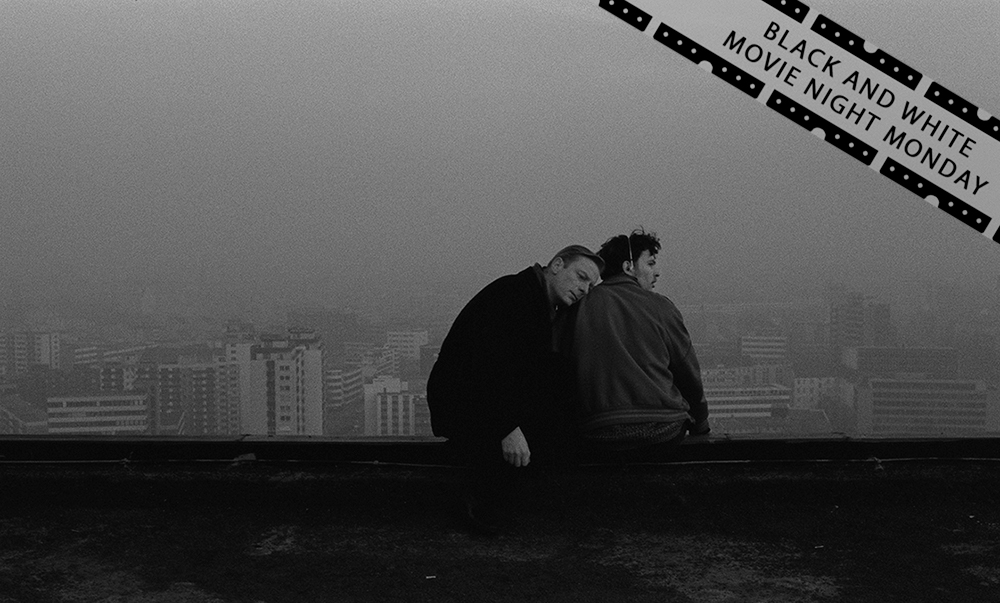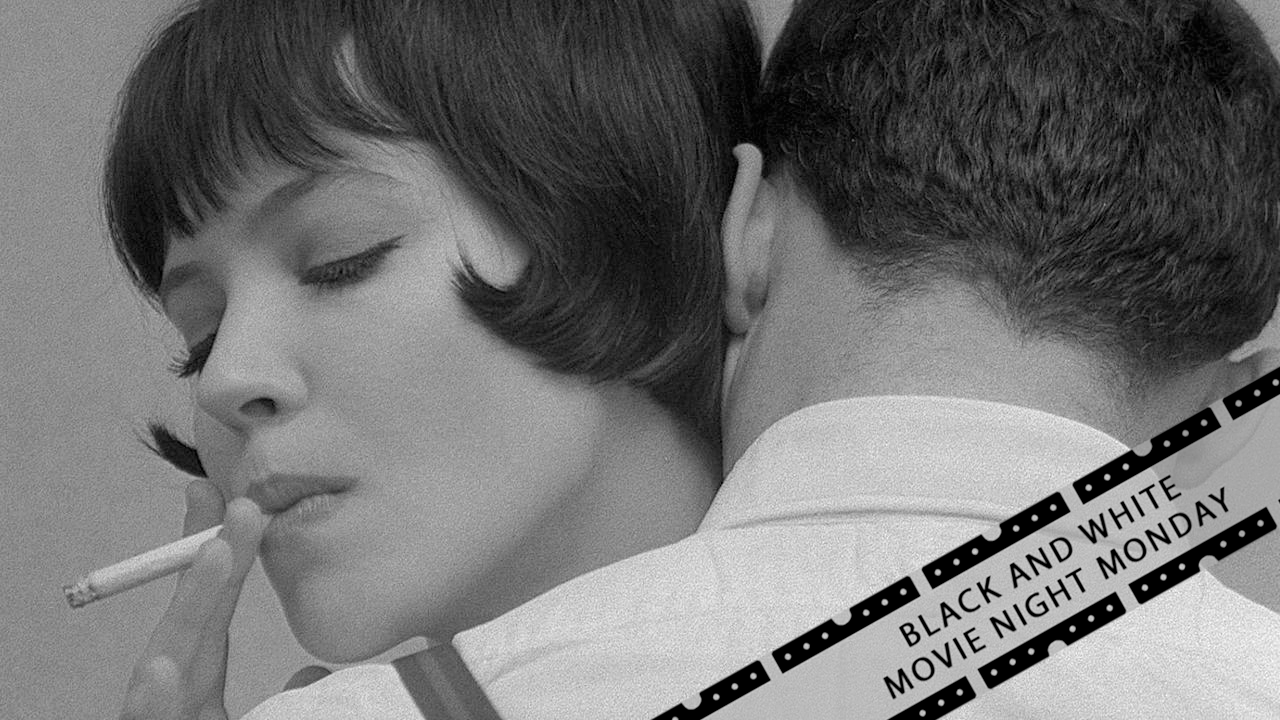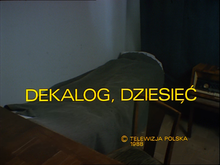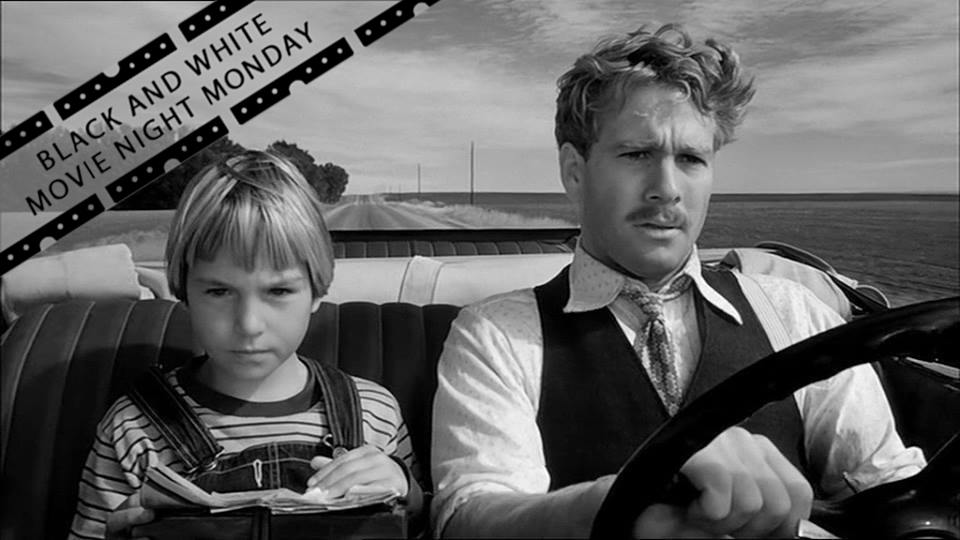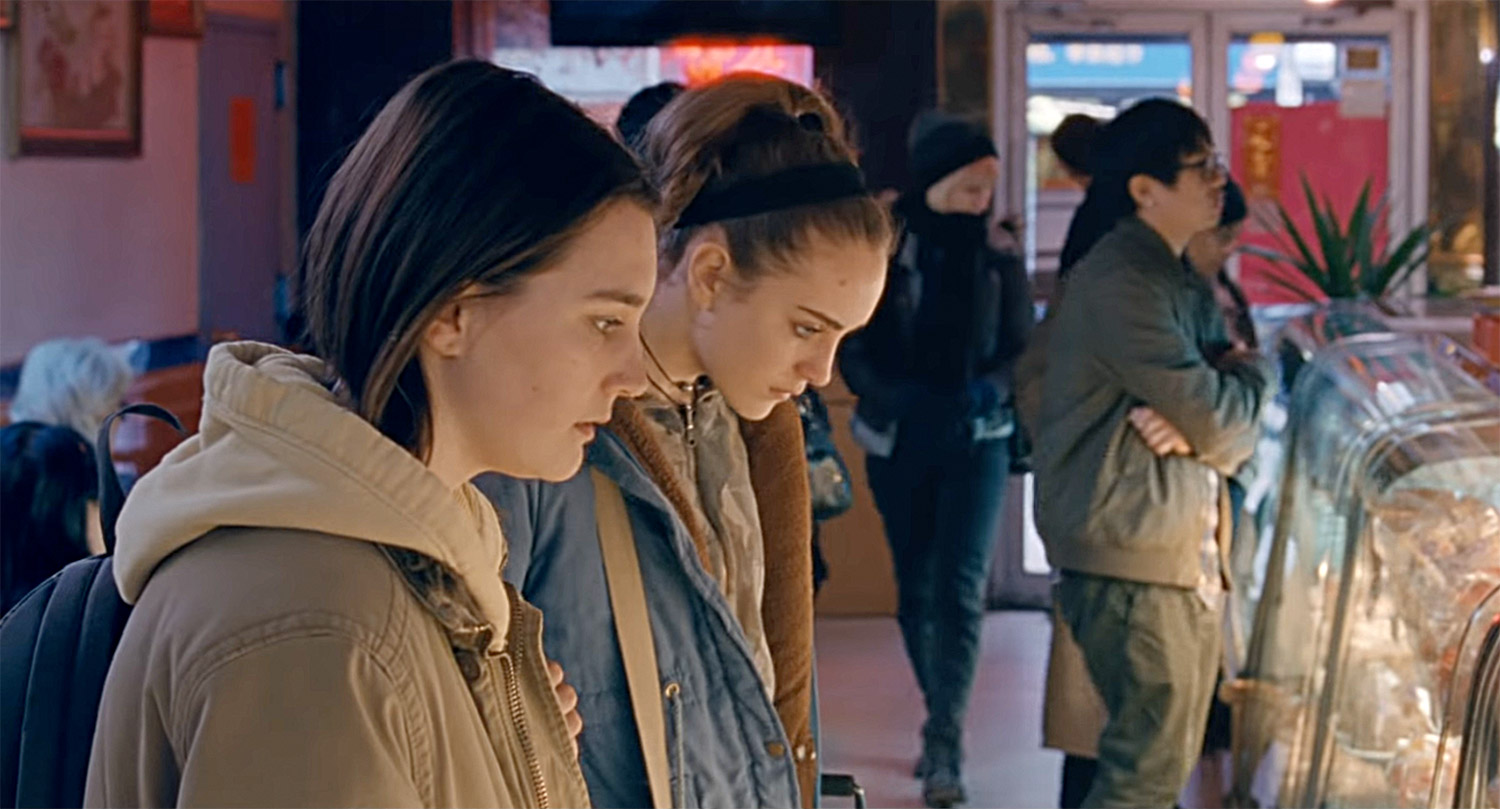
I’m not sure that we ever learn the name of the lead character played by Sidney Flanigan in this film. Yet we know her so well. Director Eliza Hittman does an extraordinary job showing us the details of her life in simplistic ways. The story follows a 17 year-old girl who takes a trip from her small town in Pennsylvania to New York City in order to get an abortion without her parents’ knowledge. Regardless of your view on this topic, it seems to me that Eliza Hittman resists the urge to make this film with an agenda, (although she herself feels strongly about the topic), but instead the film is all about the character: how she feels, what she wants, how she struggles. The set up for her life at school and at home is very brief, yet we know all we need to know. Like I said, Hittman shows us the unique, intimate details of her life, and we know her so well. What grips me so much about this film is how we almost never leave this character’s point of view. We are right there with her, following intently with her quiet struggle.
But looking back, what is even more impressive about this film is how silent it is most of the time. Dialogue is scarce, and it seems to mirror the fact that our lead character feels voiceless in this world. Her burdens were forced upon her silently, and she must bear them silently. But she is not alone. Although it seems as if no one can see her struggles, her cousin played by Talia Ryder is the only one who is able to recognize what is going on in her life, and accompanies her to New York. Their journey is epic yet intimate, and it reminds you just how scary the city can be for those on the outside. They travel with an air of unspoken dread, knowing what they must do.
Depending on your view, the film will take on new meaning. For me it was especially heartbreaking, yet honest. The story is smart enough to show the reality of how our character deals with her issue in that she wants it to go away very quickly and quietly. Time and time again, we see that she does not understand the full extent of her actions, nor does she want to. But the film also shows us that she can’t be blamed for this. Every man in her life has treated her a certain way. What else can be expected of her? Every time information is given about her abortion, we can see that the lead character would rather turn away. She’s been taught to repress everything inside of her. In a particularly moving scene, which the title of the film comes from, she is asked a series of questions from an abortion clinic employee, and her answers tell us the world. Flanigan lives the role and the camera lingers on her face for minutes at a time. We learn that her struggle was forced upon her, and it’s heartbreaking. She wants to return to peace and believes she can’t have it until this is done. By the end, we see a glimmer of laughter and her personality return, but as they begin their trip back home, I wonder if that peace is truly there?
Eliza Hittman made a moving film. And it will certainly stick with me.

